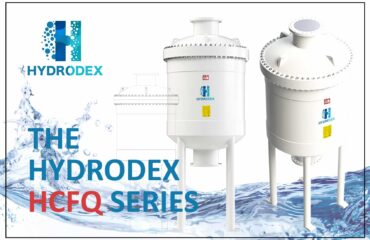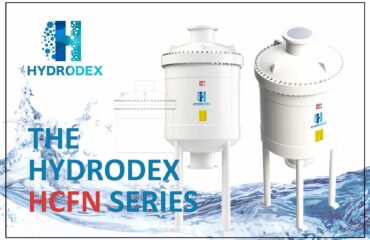Reverse Osmosis RO Membrane Particle Fouling
Reverse Osmosis RO Membrane Particle Fouling is caused by organic and inorganic particles contained in the source seawater such as fine debris, plankton, detritus and silt, which cannot pass through the SWRO membranes. All suspended solids which naturally occur in insoluble form, if not removed by pretreatment, would be retained on the feed side of the Seawater Reverse Osmosis RO membrane. Depending on the hydrodynamic conditions on the membrane surface, as well as the size and charge of these particles, they would either migrate along the RO membrane leafs and ultimately exit with the concentrate, or would be trapped on the membrane surface and would begin to accumulate there causing loss of RO membrane productivity over time. This type of foulant can be effectively removed by pre-filtering of the source seawater prior to Seawater Reverse Osmosis RO membrane separation.
Reverse Osmosis RO Membrane Particle Fouling in raw source seawater vary in size. However, most of them, including pico-phytoplankton, are larger than 0.1 μm. Usually, over 90 % of the particulate foulants are larger than 1 μm. A well designed and operating pretreatment system will produce permeate that does not contain particles larger than 20 μm.




